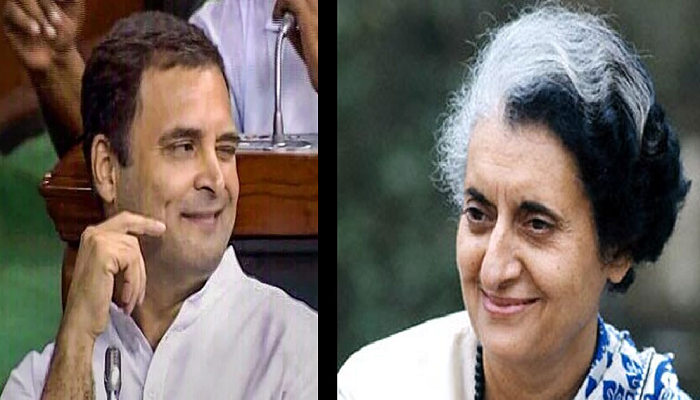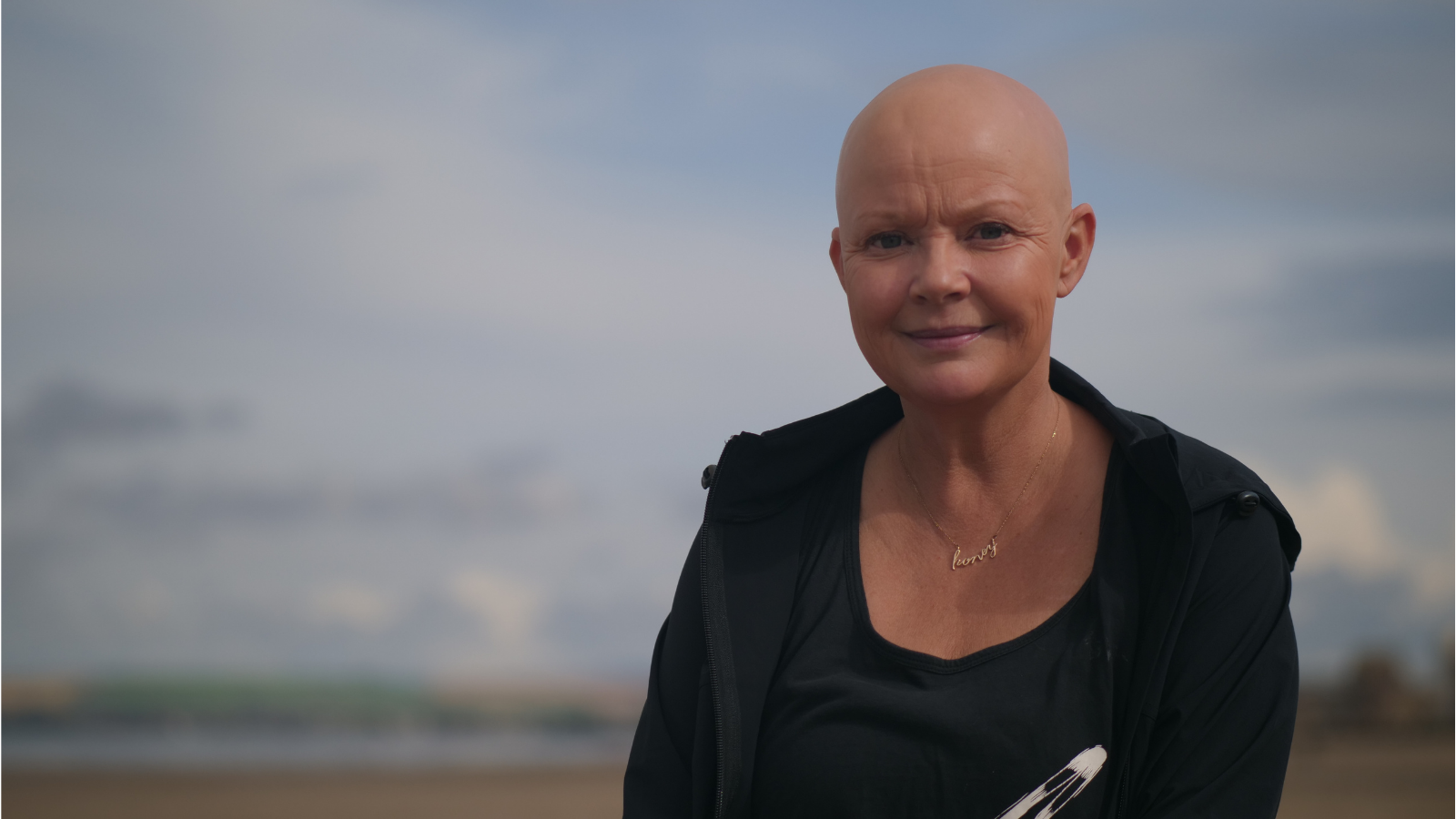Is Age Just A Number? Exploring The Social And Biological Aspects

Table of Contents
The Social Construction of Age
Societal Expectations and Age-Related Roles
Societies worldwide assign roles and expectations based on age. These age stereotypes often dictate how individuals are perceived and treated.
- Retirement: The age at which retirement is considered "normal" varies across cultures, influencing financial security and social engagement in later life.
- Parenthood: Societal pressure to have children within a specific age range can impact personal choices and create stress.
- Generational Gaps: Differing values and technological fluency between generations can lead to misunderstandings and ageism.
These age-related roles and societal norms significantly influence our experiences of aging. Ageism, the stereotyping and discrimination against individuals based on their age, is a pervasive issue impacting self-esteem and opportunities. Cultural differences further highlight the subjective nature of age, demonstrating how societal expectations can drastically vary.
Age and Identity
Age profoundly shapes self-perception and identity. The process of identity formation continues throughout life, influenced by age-related milestones and societal expectations.
- Identity Crises: Specific life stages, like adolescence and mid-life, are often associated with identity crises as individuals re-evaluate their goals and values.
- Self-Esteem: Age-related stereotypes can negatively impact self-esteem, particularly among older adults facing societal pressures to conform to ageist norms.
- Positive Aging: Focusing on personal growth, social engagement, and pursuing meaningful activities fosters positive aging and enhances well-being.
Understanding the complex relationship between age and identity is crucial for promoting successful aging and challenging negative age stereotypes. The search for meaning and purpose in later life is a significant aspect of identity, emphasizing the continuous evolution of the self throughout the lifespan.
The Biological Realities of Aging
Physiological Changes with Age
Biological aging involves inevitable physical changes, impacting various bodily systems. While these changes present challenges, the body also demonstrates remarkable resilience and adaptability.
- Cellular Senescence: The accumulation of cellular damage over time contributes to age-related decline in organ function.
- Hormonal Changes: Fluctuations in hormone levels can affect various bodily functions, including metabolism, bone density, and cognitive function.
- Age-Related Diseases: Conditions such as cardiovascular disease, Alzheimer's disease, and osteoarthritis become more prevalent with age, highlighting the need for preventative healthcare.
Despite these changes, the body maintains a capacity for adaptation and repair. Understanding the biological mechanisms of aging enables the development of interventions to promote healthy aging and mitigate age-related diseases.
The Role of Genetics and Lifestyle
Genetic predisposition and lifestyle choices interact significantly to influence the aging process. While genetics play a role in determining lifespan, lifestyle significantly impacts healthspan – the years lived in good health.
- Genetics: Family history of certain diseases can increase an individual's risk of developing age-related conditions.
- Lifestyle: A healthy diet, regular exercise, stress management techniques, and avoidance of smoking and excessive alcohol consumption can significantly enhance longevity and healthspan.
- Epigenetics: Environmental factors can influence gene expression, demonstrating the interplay between genetics and lifestyle in shaping the aging process.
By making informed lifestyle choices, individuals can actively influence their biological aging trajectory, promoting healthy aging and extending their healthspan.
Bridging the Gap: Social and Biological Interactions
The Impact of Social Factors on Biological Aging
Social factors significantly impact biological aging. Chronic stress, social isolation, and socioeconomic disparities can accelerate age-related decline.
- Stress and Telomere Length: Chronic stress has been linked to shorter telomeres, protective caps on chromosomes associated with cellular aging.
- Social Isolation and Mortality: Studies indicate a strong correlation between social isolation and increased mortality risk, emphasizing the importance of social connections.
- Socioeconomic Status and Health: Individuals with lower socioeconomic status often experience poorer health outcomes and faster biological aging due to factors like limited access to healthcare and nutritious food.
Addressing social determinants of health is crucial for promoting equitable aging and reducing health disparities.
Promoting Healthy Aging
Mitigating the negative effects of aging requires a holistic approach that addresses both social and biological factors.
- Lifestyle Interventions: Adopting a healthy lifestyle, including regular exercise, a balanced diet, and stress management techniques, is fundamental to healthy aging.
- Social Engagement: Maintaining strong social connections and participating in social activities promotes cognitive function, emotional well-being, and longevity.
- Preventative Healthcare: Regular health screenings and early intervention for age-related diseases can significantly improve quality of life and extend lifespan.
- Social Support Networks: Strong social support networks provide emotional resilience and practical assistance, buffering against the negative impacts of aging.
By actively promoting healthy aging through a combination of lifestyle changes, social engagement, and preventative healthcare, we can improve quality of life and challenge the limitations often associated with aging.
Conclusion
Is age just a number? The answer is nuanced. While biological aging is an undeniable process involving physiological changes and genetic influences, the social construction of age significantly shapes our experiences and perceptions. Societal expectations, age-related roles, and ageism impact self-esteem, identity, and opportunities. However, by understanding the complex interplay between social and biological factors, we can actively challenge the limitations imposed by age and embrace a healthier, more fulfilling life. Let's actively redefine what it means to age well, and together, re-evaluate the question: Is age just a number? The answer, increasingly, is: it doesn't have to be.

Featured Posts
-
 Bangladesh Nrc Seeks Accountability For Anti Muslim Attacks And Plots
May 01, 2025
Bangladesh Nrc Seeks Accountability For Anti Muslim Attacks And Plots
May 01, 2025 -
 Fourth Firm Agrees To Pro Bono Work For Trump To Avoid Sanctions
May 01, 2025
Fourth Firm Agrees To Pro Bono Work For Trump To Avoid Sanctions
May 01, 2025 -
 Duponts Masterclass Frances Rugby Victory Over Italy
May 01, 2025
Duponts Masterclass Frances Rugby Victory Over Italy
May 01, 2025 -
 Prince William Meets Gail Porter In Scotland A Crusade Against Homelessness
May 01, 2025
Prince William Meets Gail Porter In Scotland A Crusade Against Homelessness
May 01, 2025 -
 Nrc Update Assam Cm Targets Aadhaar Cardholders Not Included
May 01, 2025
Nrc Update Assam Cm Targets Aadhaar Cardholders Not Included
May 01, 2025
